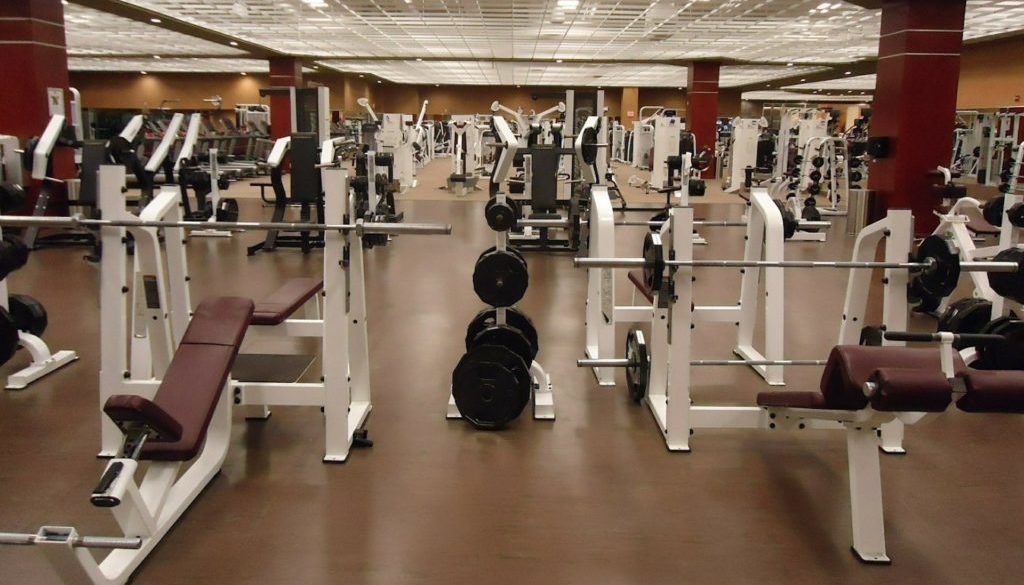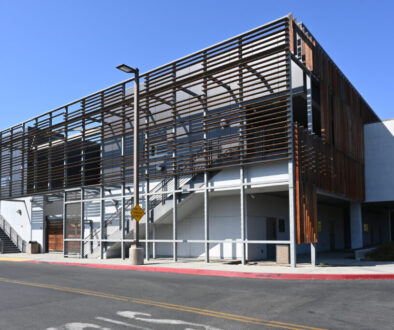How to Choose a Location for Your Sports Facility
Choosing a physical space is probably the most important thing you’ll do as the owner of a start-up sports facility.
Why?
Of all the things that threaten your start-up, the cost of the physical space is the most dangerous. If at any point you’re struggling to manage cash flow, the rent becomes a heavy weight around your business’ neck.
Plus, your physical location is likely to be permanent. Unlike the annoying but reversible mistakes of making the wrong hire or investing in the wrong equipment, your location is here to stay. Moving is a huge chore, it’s a major distraction to your business, and most importantly, it’s irritating to clients who have purchased their long-term memberships based on your current location.
I’m not trying to scare you … too much. I just want to emphasize that you can’t be too careful as you choose your sports facility location.
First: Finish Your Business Plan
You can’t figure out what space you need without a very specific idea of how you’ll use it, which should be detailed in your business plan. The posts I wrote on creating a sports facility business plan take you through all the steps you need to get started.
“But wait!” you say. “How can I complete my business plan without the monthly numbers for rent and utilities?”
You’re right: The info you need for your business plan and the info you need to find a location are somewhat co-dependent. Start with the business plan first, using researched estimates for rent and utilities. Then, when you get to the stage of looking at physical locations, you’ll already have an idea of the price range you need to shoot for. (You can fill out the final numbers later.)
For now, let’s assume you’ve finished that preliminary business plan. Here’s what to do next.
Start by Choosing an Area of Town
Most new sports facility owners already know which city they’ll locate in based on where they want to live.
Once you’ve chosen your city, it’s time to physically map out your competitors. Google Maps or any other online map service should do the trick. Be thorough. Note the areas in your city that aren’t being well-served. Sure, your business plan includes plans on how to beat your competition, but there’s no need to go head-to-head with your competitors right away.
Of those under-served areas, analyze which ones have the greatest concentration of your target market. Your business plan should describe your target market in detail. My own facility didn’t require a lot of research because I opened it in my own community. In addition, I was personally familiar with the demand because my son and his friends needed a good place to train. However, I’ve also used infousa.com for other parts of my business and was happy with the results. (Please leave your own suggestions of market research companies in the comments!)
After your demographic research, you’ll have a short list of finalist communities. I’d suggest spending some time in those places to get a feel for them. However, your final decision from among these areas will probably depend on where you can find or build your ideal space the most easily.
Finally, Look for Your Physical Building
First, consider the size of your ideal space. In general, you’ll want as little square footage as possible to run your business successfully, for several reasons:
- The smaller the space, the more you save on energy costs (this one is obvious, but heating and cooling a sports facility space can balloon into a big expense, especially in colder areas of the country)
- It’s always better for your space to look busy than empty
- Required parking is often based on the square footage of your facility, so if your square footage is high, you may be required to pay for a huge parking lot even if you don’t need all the spaces.
Refer to the services listed in your business plan and estimate how much space is required for each. Then, consider which activities can be held in the same or in overlapping areas. I go into more detail on space flexibility in the post I wrote on Baseball Facility Design. Don’t leave any location vulnerable to just one type of revenue. Prioritize the highest revenue grossing activities.
Guidelines for Space
Here are some general space guidelines:
- If you plan to rely mostly on cage rentals — typically the least profitable use for sports facility space — you’ll want to shoot for around 3,000 to 5,000 square feet.
- If you’re going to focus on programming, such as camps, classes, leagues and tournaments, you can generate enough income to pay for a 8,000-15,000-square foot-facility.
- For anything larger than 15,000 square feet, you’ll need a business plan that relies heavily on programming like leagues and tournaments that keep large numbers of people in your facility for longer periods of time.
For reference, my own facility is 12,500 square feet. It includes a 1,000-square-foot turf field for speed and agility training, plus a weight training area, a meeting room area, and retractable batting cages.
Your facility should be easy to access, but you don’t necessarily need to prioritize drive-by visibility. You’ll pay a premium for highly visible spots. That’s money that might be better spent on more targeted marketing methods.
What’s Next?
Now that you have a very specific idea of your building’s size, characteristics, and location, it’s time to figure out the best way to pay for that building. Click here to read the full post on how to pay for your site.



